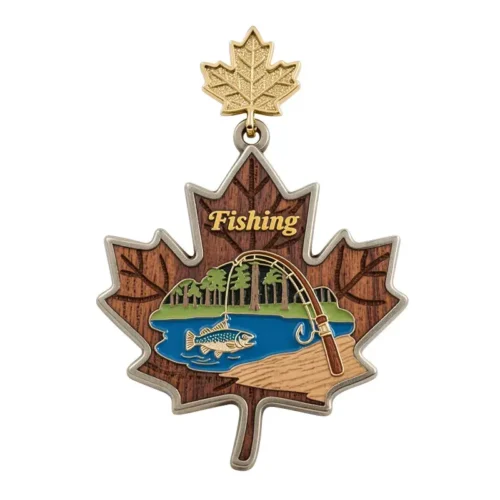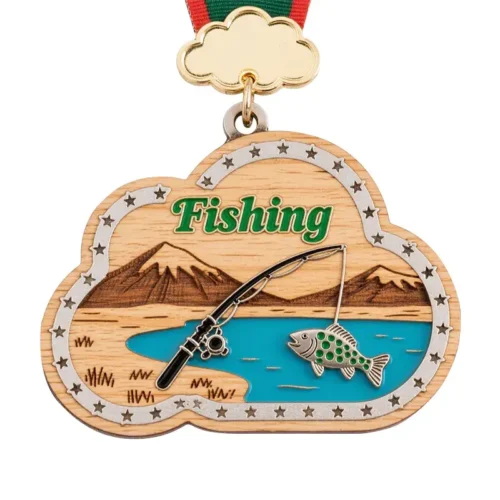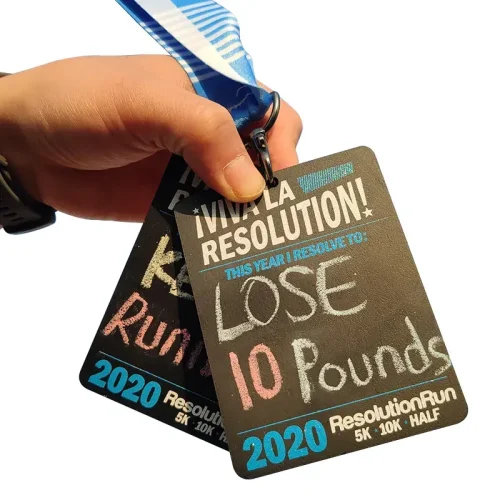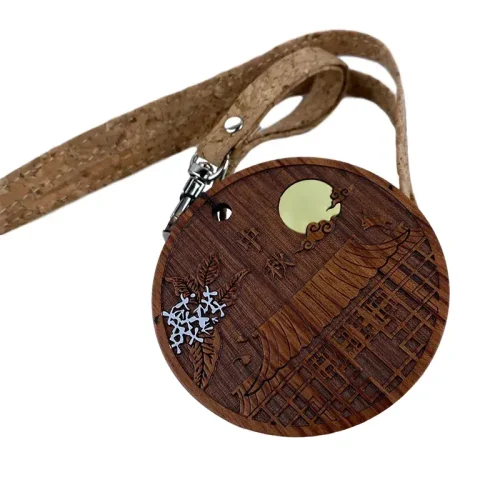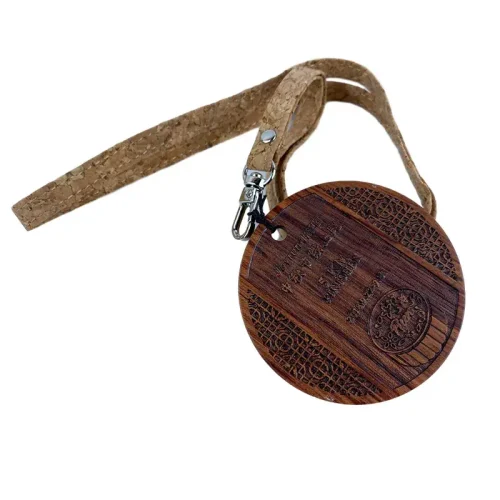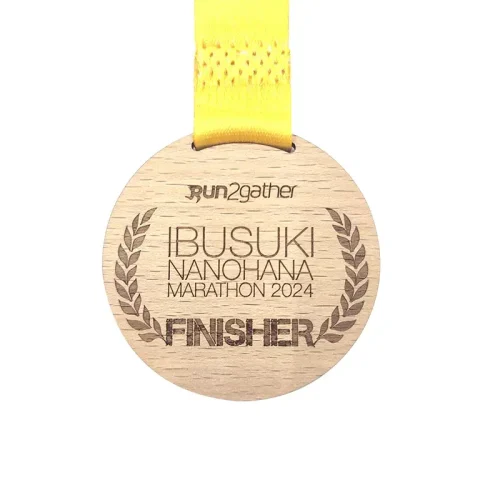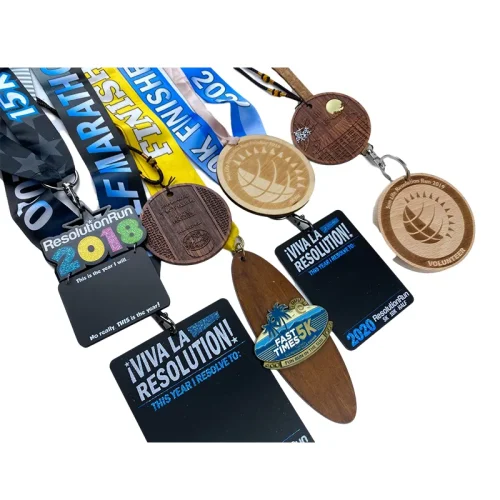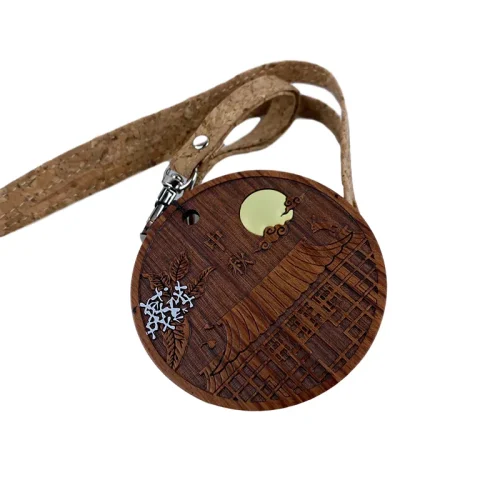Son yıllarda, Ahşap Madalyalar have risen to prominence as a sustainable and visually distinct alternative to traditional metal awards. Their lightweight nature, eco-friendly materials, and vast design versatility have positioned them as a popular choice across sports events, educational programs, and corporate recognitions. From Marathon Wooden Medals Design to custom school trophies, these awards now serve as both practical tokens of achievement and statements of environmental awareness.
This article provides a detailed overview of wooden medal structural components, decoration options, selection criteria, and real-world applications. As the global demand for light medals ve Custom Wooden Awards Manufacturers continues to grow, understanding these structural and aesthetic details becomes essential for event organizers, procurement specialists, and design agencies alike.
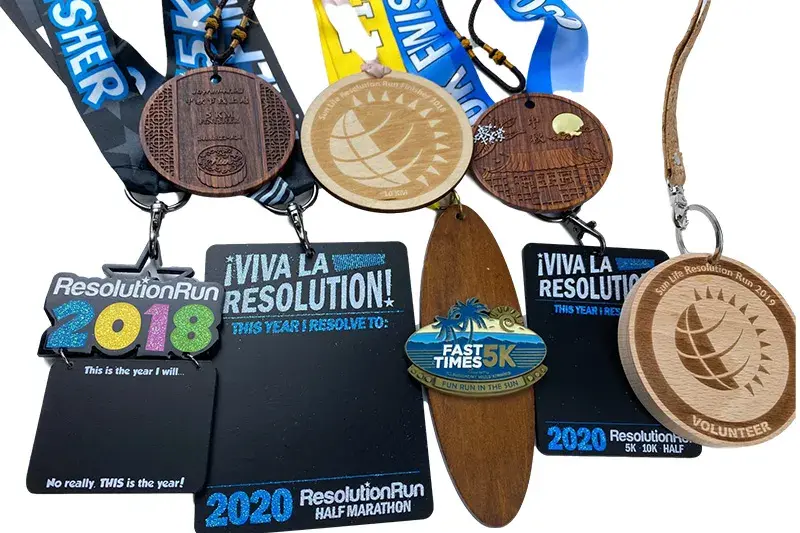
1. Core Structure of Wooden Medals
At the heart of any wooden medal lies a balance between natural aesthetics and functional durability. The structural composition plays a key role in defining the medal’s look, feel, and longevity.
1.1 Base Material Selection
Ahşap Madalyalar are typically crafted from sustainable sources such as birch, bamboo, maple, or global environmently certified plywood. Each wood type offers a different tone, grain pattern, and weight profile. For instance, birch provides a smooth and light surface ideal for fine engraving, while bamboo offers a more textured, organic appearance.
1.2 Layer Construction
Medals may consist of a single solid wood piece or a multi-layer composition. Multi-layer designs are increasingly popular for those seeking depth or a combination of materials, such as a wood-metal hybrid.
1.3 Surface Finishing
To maintain durability and enhance appearance, surfaces are often sanded, oiled, or lacquered. Protective coatings help prevent warping, moisture absorption, and surface damage, especially in outdoor or high-humidity environments.
1.4 Edge and Shape Customization
Wood is a highly flexible material when it comes to shaping. Laser-cutting enables intricate edges, custom silhouettes, and unique outer profiles—ranging from clean round cuts to intricate thematic shapes for sports or cultural events.
1.5 Hanging and Mounting Mechanism
The structure often includes a dedicated ribbon slot, drilled hole, or embedded hook for easy display. Thoughtful planning of these components ensures the medal hangs balanced and maintains visual appeal during award ceremonies or personal display.
3. How to Choose the Right Wooden Medal
Given the many options available, selecting the right medal involves more than just visual design—it requires balancing function, audience expectation, and environmental considerations.
3.1 Consider the Event Type
Wooden Medals Designs often prioritize lightweight structures and sweat-resistant finishes. Meanwhile, school competitions or art festivals may lean toward bold, colorful expressions that resonate with younger audiences.
3.2 Match the Visual Identity
The medal’s design should align with the theme and color palette of the event. Wooden textures provide a warm, earthy backdrop that works well with both minimalist and decorative layouts.
3.3 Focus on Sustainability
As more organizations embrace green practices, using environmentally certified wood or locally sourced materials reflects positively on the event’s values. Lightweight designs also reduce carbon emissions in transport.
3.4 Evaluate Cost and Quantity
While some wood types and finishes are premium, wooden medals generally offer cost advantages over metallic counterparts, especially in medium-to-large batches. Customization complexity may influence pricing and lead times.
3.5 Prioritize User Experience
Light medals offer comfort when worn around the neck, especially for endurance sports or youth events. A poorly balanced or overly heavy medal can detract from the user experience, no matter how attractive it looks.
4. Market Demand for Custom Wooden Medals
Global trends show a notable shift toward wood-based alternatives, not just in medals but in broader promotional items. This shift is propelled by several market factors:
-
Eco-conscious Branding: Companies and event organizers are increasingly selecting wood-based awards to reflect sustainability goals.
-
Rising Event Personalization: The ability to customize shapes, engravings, and inserts allows for personalized experiences in races, corporate awards, and educational honors.
-
Logistics and Cost Efficiency: Compared to metal, light medals made from wood reduce shipping costs and are less prone to damage during transit.
-
Consumer Sentiment: Recipients often value the artisanal, natural look of wooden medals, especially when they include personal engravings or organic textures.
As this market continues to evolve, Custom Wooden Awards Manufacturers are enhancing their capabilities to meet the growing demand for eco-friendly and aesthetically compelling alternatives.
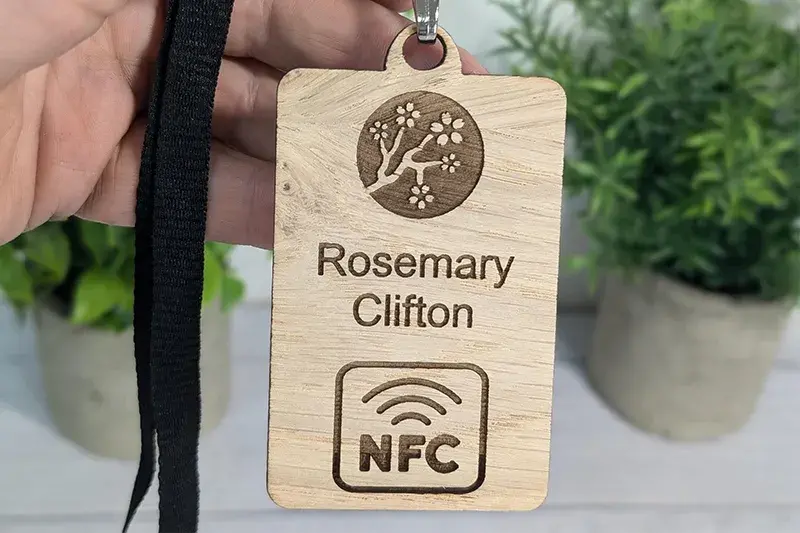
5. Real-World Use Cases of Wooden Medals
Understanding where and how Ahşap Madalyalar are used adds context to their versatility and appeal across industries.
5.1 Marathon and Trail Running Events
Medals designed for distance runners often use lightweight wood with UV-printed race logos. Some designs incorporate a zinc alloy badge to commemorate completion, while others favor laser-cut silhouettes of course maps.
5.2 Archery Tournaments
Precision and focus define the sport, and awards reflect this through minimalist engravings and clean circular cuts. Wooden medals with burn-marked arrow motifs are particularly popular in youth leagues.
5.3 Cycling and Endurance Challenges
Given the outdoor nature of these events, wood serves as a fitting, nature-aligned material. Waterproof finishes and embedded metallic inserts protect against sweat and weather exposure.
5.4 Educational and Academic Recognition
In schools, colleges, and art competitions, wood-based awards offer a friendly, tactile alternative to traditional medals. Full-color print and affordable unit cost make them suitable for large award distributions.
5.5 Community and Environmental Projects
Grassroots initiatives and NGO events often prefer wooden medals due to their sustainable image. Many designs emphasize natural themes and hand-finished textures to reinforce environmental messaging.
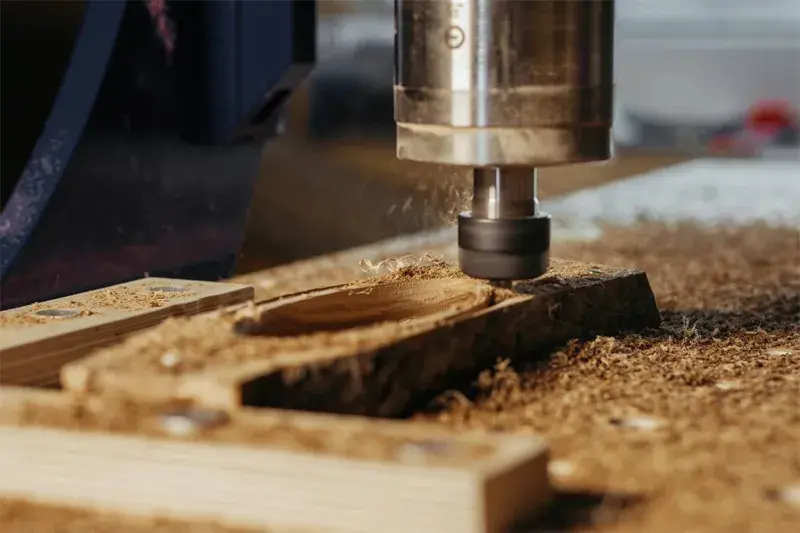
Sonuç
Ahşap Madalyalar represent far more than just an eco-friendly trend—they embody a growing appreciation for sustainable materials, meaningful personalization, and thoughtful design. As preferences shift away from traditional heavy metals, the appeal of light medals with natural textures and modular decoration options continues to rise.
For event organizers, product designers, and institutions seeking impactful awards that reflect both purpose and aesthetics, exploring the potential of wooden medal structures is no longer optional—it’s a strategic advantage.


